Explore some of the world’s most famous monuments and landmarks in Spain each with a deep history and cultural importance. When visitors explore these places, they step back in time seeing the splendour of ancient civilizations and the skill of famous architects and artists. Spanish monuments and landmarks fascinate and motivate people. Thus, making them essential stops for anyone wanting to understand the country’s rich culture.
Also, Spain’s lively cultural scene goes beyond its historic sites. In general, Spain’s cultural heritage blends various influences and customs creating a lasting legacy for future generations.
List of the 10 Most Famous Monuments and Landmarks in Spain
- Basílica De La Sagrada Família
- Alhambra, Granada
- Park Guell, Barcelona
- Mosque-Cathedral, Córdoba
- Royal Palace, Madrid
- La Rambla, Barcelona
- Plaza Mayor, Madrid
- Old Town, Ibiza
- Santiago De Compostela Cathedral
- Guggenheim Museum Bilbao
1. Basílica De La Sagrada Família
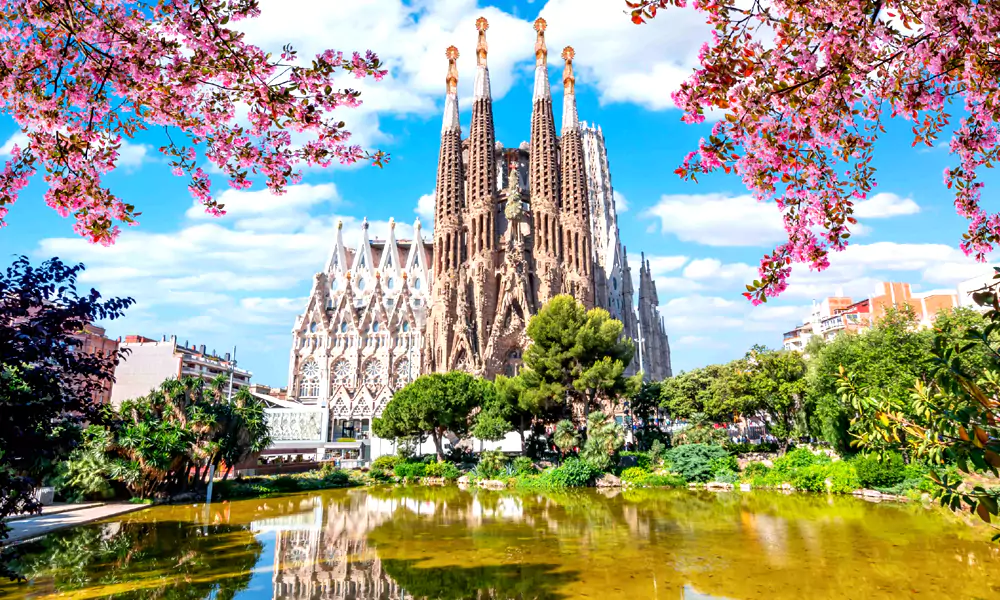
The Sagrada Familia in Barcelona, which Antoni Gaudi designed, stands as a stunning basilica that has an impact on the city’s identity. Workers started to build the Sagrada Familia in 1882 and continue their efforts today, with plans to finish in the coming decade. The basilica’s one-of-a-kind style known for its complex facades and tall spires, shows Gaudi’s fresh ideas and skill with natural shapes and forms. This is a popular place to visit in Spain.
| How to Reach: | Reach Basílica De La Sagrada Família by metro. Use the L2 (purple line) or L5 (blue line) to reach the Sagrada Família station. Alternatively, several bus routes, including lines 19, 33, 34, and D50, stop near the basilica. |
| Things to Do: | Marvel at Antoni Gaudí’s architectural masterpiece. Explore the intricate facades and interiors. Visit the Nativity and Passion facades. Take an elevator ride to the towers for panoramic views of Barcelona. The museum offers insights into Gaudí’s work and the basilica’s construction. |
| Places to Stay: | Stay at Hotel Sagrada Familia, located just a few minutes walk from the basilica. Another option is the Ayre Hotel Rosellón, which offers rooms with views of the Sagrada Família. Budget travellers can opt for Hostemplo Sagrada Familia, a cosy and affordable guesthouse nearby. |
Also Read: Create unforgettable Memories in Spain with Family and Friends
2. Alhambra, Granada
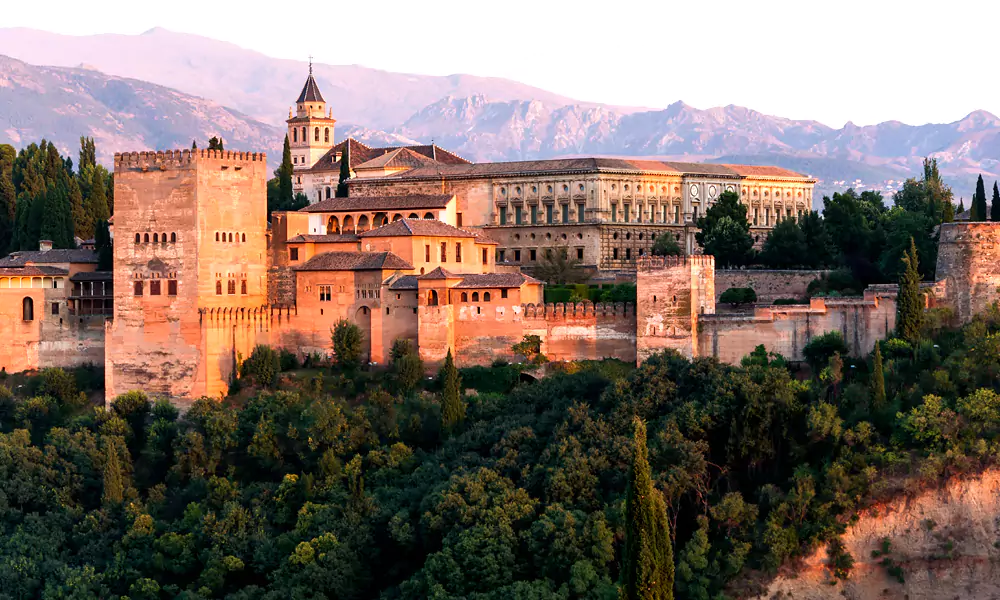
The Alhambra in Granada stands out as one of Spain’s most famous landmarks drawing millions of people every year to its remarkable palace and fortress complex. This location displays the finest examples of Moorish architecture and design featuring detailed tilework lovely gardens, and spectacular views of the city below. The Alhambra’s roots go back to the 9th century when it started as a small fortress. Thus, making it a popular landmark in Spain.
| How to Reach: | Fly into Federico García Lorca Granada Airport. Take a bus or taxi from the airport to the city center. Alhambra is accessible by bus routes C3 and C4 from Plaza Nueva. |
| Things to Do: | Explore the Nasrid Palaces. Wander through the Generalife Gardens. Visit the Alcazaba fortress. Admire the intricate Islamic art and architecture. The Charles V Palace houses the Alhambra Museum, showcasing artefacts from the site’s history. |
| Places to Stay: | Stay at Parador de Granada, a former monastery within Alhambra’s grounds. The Alhambra Palace Hotel offers luxurious accommodations with stunning views. For budget travellers, Hostal Azahar provides affordable rooms close to the site. |
3. Park Guell, Barcelona
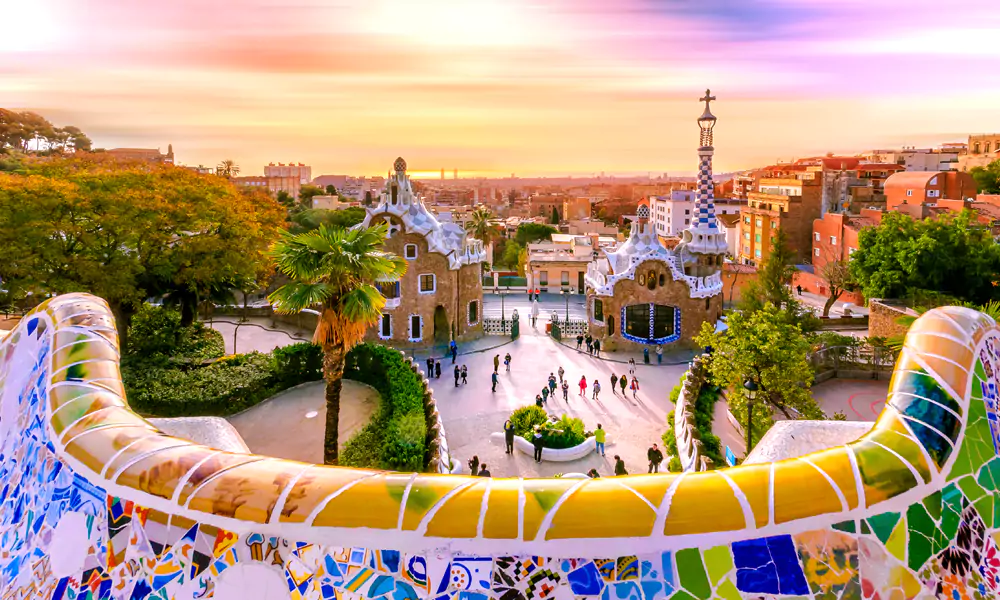
Another famous spot in Spain is Park Guell in Barcelona. The famous architect Antoni Gaudi created this park as a prime example of modern design. People walking in the park see bright mosaic statues playful structures, and great views of the city. The snake-like bench that curves around the main area stands out as one of Park Guell’s best-known parts giving folks a nice place to sit and watch others go by. The park blends nature and new building ideas in a special way making it a top spot for both tourists and locals to check out. Park Guell charms visitors with its magical feel and artsy flair proving itself a must-visit place in Barcelona that keeps drawing people from all over.
| How to Reach: | Use the L3 (green line) metro to Vallcarca or Lesseps stations. From there, follow signs to Park Guell. Several buses, including lines H6 and 32, also stop near the park. |
| Things to Do: | Stroll through Gaudí’s whimsical park. Explore the colorful mosaic terraces. Visit the Gaudí House Museum. Admire the park’s unique blend of natural and architectural elements. The park offers stunning views of Barcelona from its higher points. |
| Places to Stay: | Stay at the Catalonia Park Güell Hotel, located near the park. The Hotel Ronda Lesseps offers comfortable accommodations within walking distance. Budget travellers can choose Casa Vilaró Park Guell, a charming guesthouse nearby. |
4. Mosque-Cathedral, Córdoba
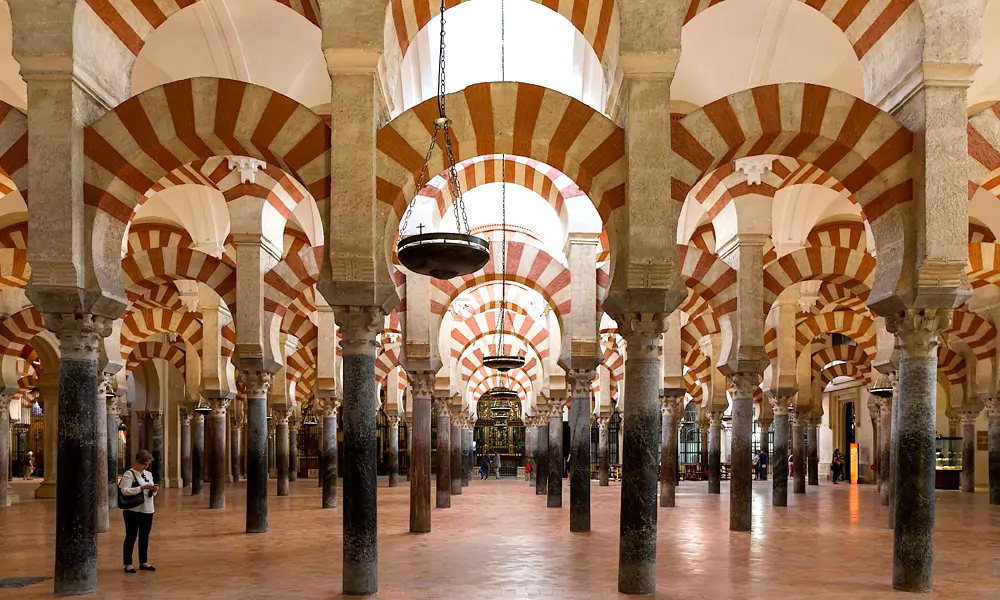
The Mezquita-Catedral in Cordoba proves the many historical and architectural layers of Spain. These famous monuments and landmarks in Spain sit at the heart of a heated debate. Furthermore, it shows a mix of Islamic and Christian influences mirroring the complex religious and cultural past of the area.
| How to Reach: | Arrive at Córdoba by train from Madrid or Seville. From the train station, take a bus or taxi to the historic center. The Mosque-Cathedral is within walking distance from most central locations. |
| Things to Do: | Explore the stunning Islamic architecture. Visit the ornate mihrab and the Renaissance cathedral nave. Wander through the Courtyard of the Orange Trees. The bell tower offers panoramic views of Córdoba. The nearby Roman Bridge provides a scenic backdrop. |
| Places to Stay: | Stay at the Eurostars Conquistador, located opposite the Mosque-Cathedral. The NH Collection Amistad Córdoba offers luxurious rooms in a historic building. Budget travellers can choose Hostal Osio, a cosy guesthouse in the old town. |
5. Royal Palace, Madrid
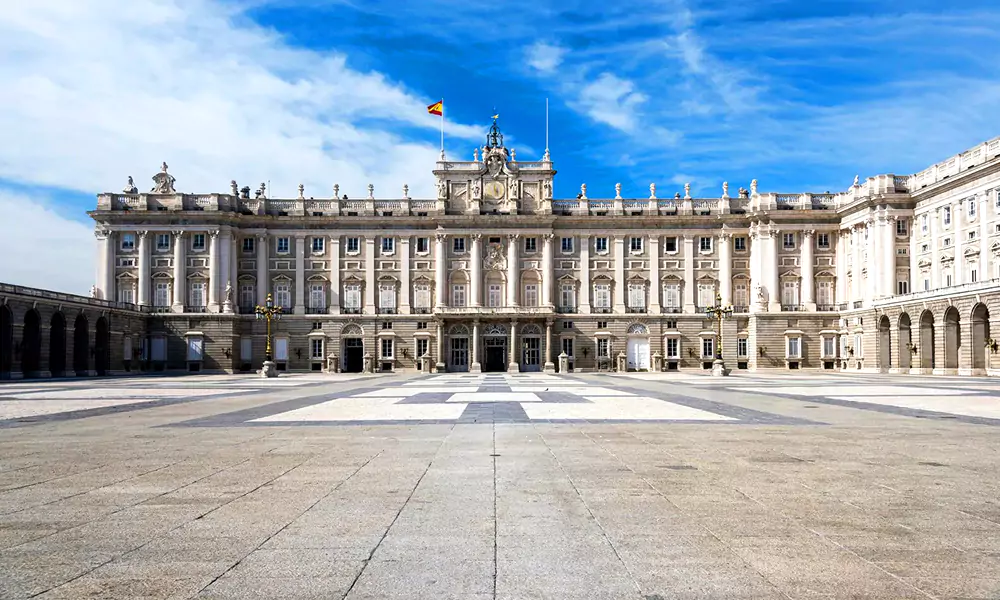
Beyond its historical value, the Royal Palace of Madrid boasts stunning architecture that attracts visitors worldwide. The palace displays a smooth blend of Baroque and neoclassical styles. This mix reflects the artistic vision of many architects who built it over hundreds of years.
| How to Reach: | Take the metro to Opera station (L2, L5, or R). The palace is a short walk from the station. Several bus routes, including lines 3, 25, and 39, stop near the palace. |
| Things to Do: | Tour the opulent state rooms. Visit the Royal Armoury and the Royal Pharmacy. Stroll through the Sabatini Gardens. Admire the changing of the guard ceremony. The palace offers spectacular views over the Madrid skyline. |
| Places to Stay: | Stay at the Hotel Ópera, located near the palace. The Gran Meliá Palacio de los Duques offers luxury accommodations in a historic setting. For budget travellers, Hostal Oriente provides affordable rooms close to the palace. |
Also Read: In Spain, how much does it cost to rent a luxury car?
6. La Rambla, Barcelona
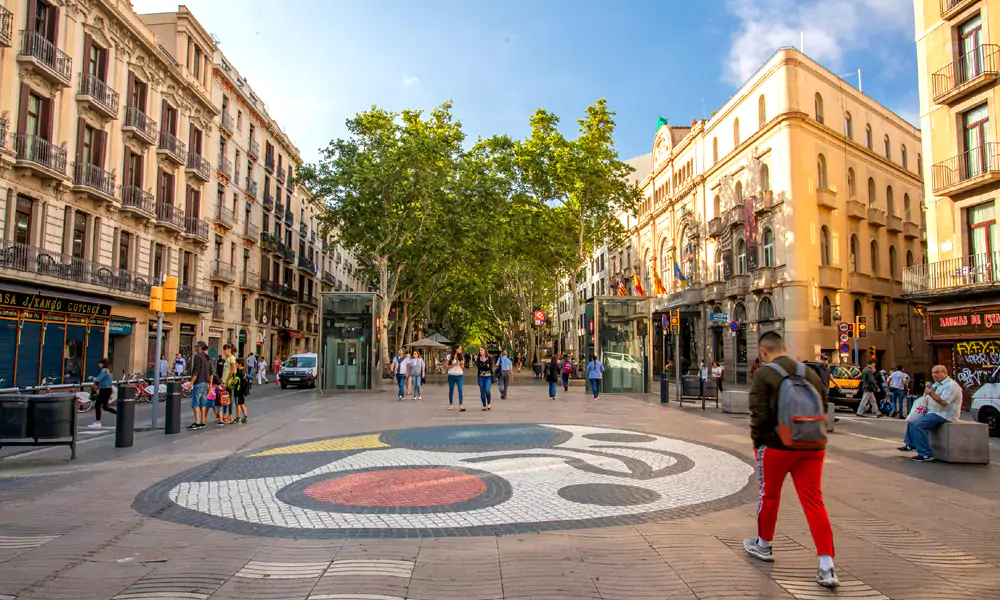
In Barcelona’s lively city, La Rambla stands out as one of Spain’s most famous and busy streets. This boulevard lined with trees, runs for 1.2 kilometres from Plaça de Catalunya to the Christopher Columbus Monument at Port Vell. La Rambla attracts tourists and locals alike. It has an influence on people as a favourite meeting spot. Moreover, the street offers a mix of performers, flower stalls, stores, and coffee shops. Thus, making it one of the most famous monuments and landmarks in Spain.
| How to Reach: | Use the L3 (green line) metro to Liceu or Drassanes stations. Several bus routes, including lines 59 and V13, also stop along La Rambla. |
| Things to Do: | Stroll down the bustling boulevard. Visit the Boqueria Market for fresh produce and local delicacies. Explore the historic Gran Teatre del Liceu. Admire the street performers and artists. The Christopher Columbus Monument offers views over the port area. |
| Places to Stay: | Stay at the Hotel 1898, located directly on La Rambla. The Oriente Atiram Hotel offers comfortable rooms in a historic building. Budget travellers can choose Hostel Sun & Moon, a vibrant hostel just off La Rambla. |
7. Plaza Mayor, Madrid
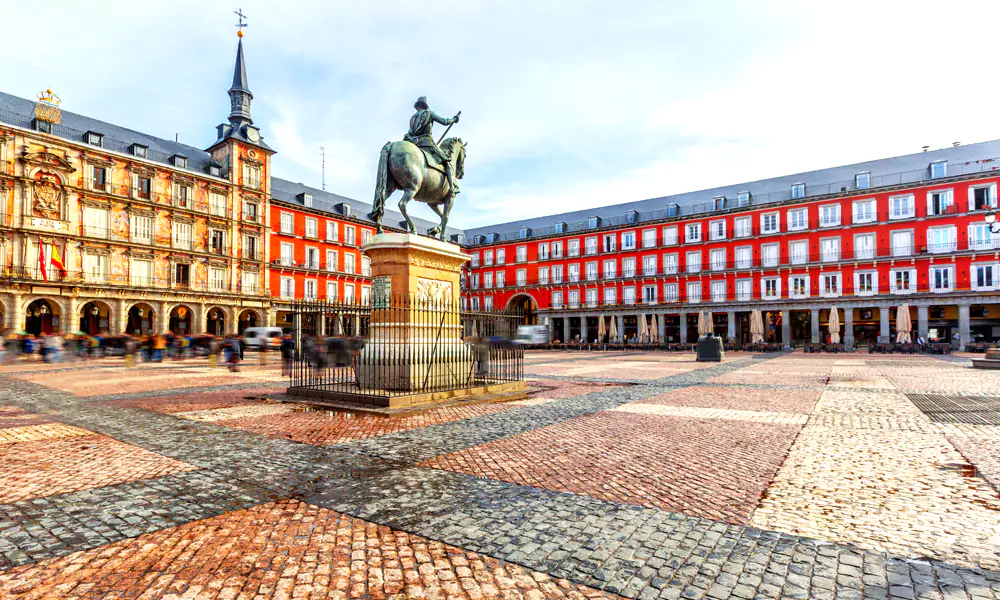
This famous square, with its complex architectural features and past importance, grabbed visitors’ attention. Therefore, showing the city’s splendour and cultural roots. This blend of historical background and new ideas highlights Plaza Mayor’s lasting charm. This makes it a symbol of Madrid’s rich cultural mix.
| How to Reach: | Take the metro to Sol (L1, L2, L3) or Opera (L2, L5) stations. Plaza Mayor is a short walk from both stations. Several bus routes, including lines 3 and 50, also stop nearby. |
| Things to Do: | Wander through the historic square. Visit the Casa de la Panadería. Enjoy a meal at one of the many outdoor cafes. The statue of Philip III is a popular photo spot. Plaza Mayor hosts various events and markets throughout the year. |
| Places to Stay: | Stay at the Petit Palace Posada del Peine, located near the plaza. The Hotel Plaza Mayor offers comfortable rooms with views of the square. Budget travellers can choose Hostal Madrid, a cosy guesthouse nearby. |
8. Old Town, Ibiza
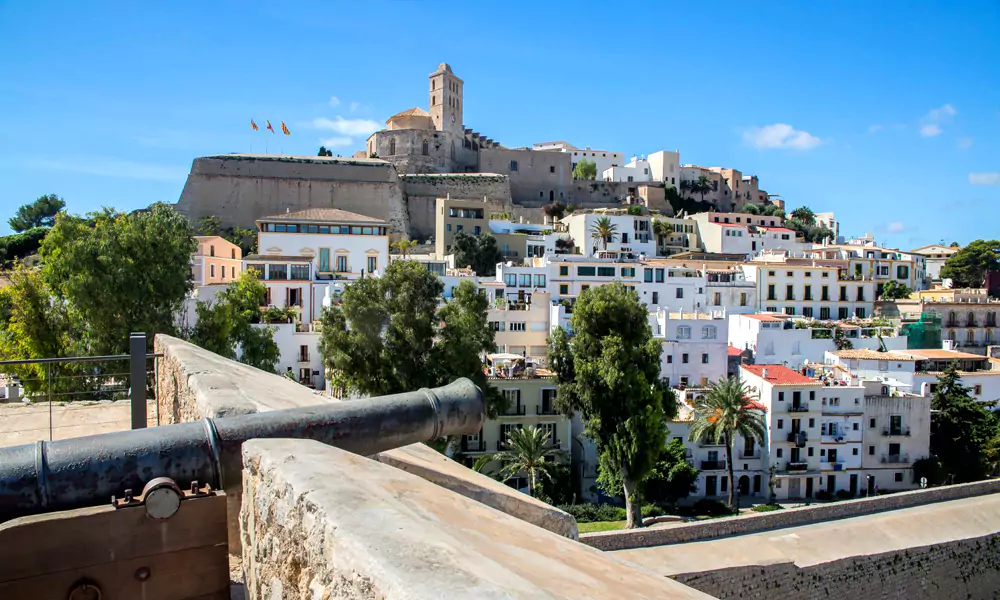
On the Spanish island of Ibiza, the Old Town stands as a piece of history. The small cobblestone streets and old stone buildings take visitors to another time giving them a peek into the island’s history. People can stroll through the twisting alleys. Furthermore, check out hidden courtyards, and enjoy amazing views of the Mediterranean Sea from the old city walls. Visiting Ibiza is one of the top things to do in Spain.
| How to Reach: | Fly into Ibiza Airport. Take a bus or taxi to the town center. The old town, or Dalt Vila, is accessible by foot from most central locations. |
| Things to Do: | Explore the ancient fortifications. Visit the Ibiza Cathedral. Wander through the narrow, cobbled streets. The Archaeological Museum offers insights into the island’s history. Enjoy panoramic views from the top of the town. |
| Places to Stay: | Stay at the Hotel Mirador de Dalt Vila, located in the old town. The La Torre del Canónigo offers luxury accommodations with stunning views. Budget travellers can choose Hostal Parque, a charming guesthouse nearby. |
9. Santiago De Compostela Cathedral
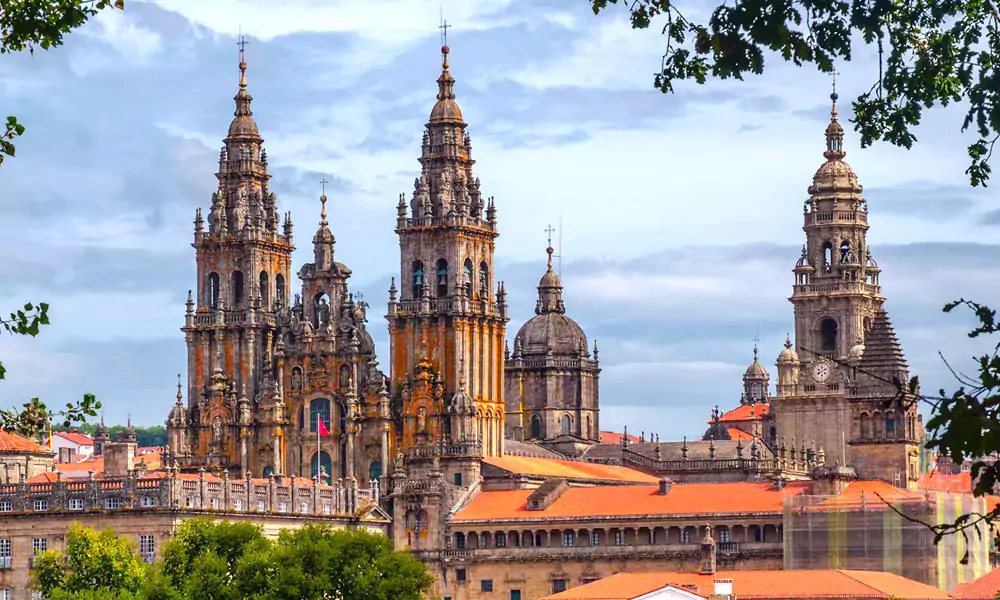
The Santiago de Compostela Cathedral stands as a key Romanesque work in Spain. Thus, attracting thousands of pilgrims each year to its holy site. People know about the cathedral’s architectural and spiritual importance, but new studies look at the fine points of how it was built.
| How to Reach: | Arrive at Santiago de Compostela by train or bus from major Spanish cities. The cathedral is a short walk from the city center and main transport hubs. |
| Things to Do: | Admire the stunning façade. Visit the interior and the Apostle’s tomb. Climb to the rooftop for views over the city. The cathedral museum offers insights into the site’s history. Attend the pilgrim’s mass. |
| Places to Stay: | Stay at the Parador de Santiago, located in the old town. The San Francisco Hotel Monumento offers luxurious accommodations in a historic setting. Budget travellers can choose Hostal Mapoula, a cosy guesthouse nearby. |
10. Guggenheim Museum Bilbao
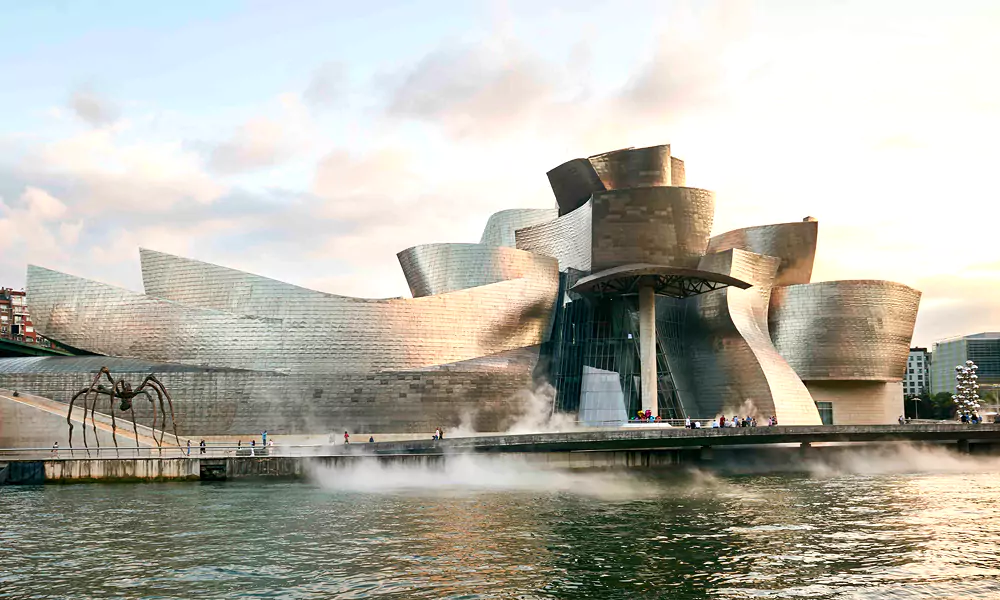
The Guggenheim Museum Bilbao shows how architecture can bring new life to a city’s economy mixing art, business, and city growth. Its eye-catching design uses factory-like decorations and steel giving it a strong manly look that amazes visitors. This one is a must-visit in the list of most famous monuments and landmarks in Spain.
| How to Reach: | Fly into Bilbao Airport. Take a bus or taxi to the city center. The museum is accessible by tram, with a stop right outside, or a short walk from the Moyua metro station. |
| Things to Do: | Explore the contemporary art collections. Admire the iconic architecture by Frank Gehry. The outdoor sculptures, including the famous Puppy and Spider, are must-sees. The museum offers various temporary exhibitions and cultural events. |
| Places to Stay: | Stay at the Gran Hotel Domine Bilbao, located opposite the museum. The Hotel Meliá Bilbao offers luxury accommodations nearby. Budget travellers can choose Botxo Gallery – Youth Hostel Bilbao, a cosy hostel within walking distance. |
Best Time to Visit Spain
- March to May: Many people think spring is the best time to go to Spain. It’s warm but not too hot, which makes it great to explore cities, walk in nature, and spend time outdoors.
- June to August: Spain gets hot in summer in places like Madrid and Seville that aren’t near the coast. Temperatures can go above 40 °C. You’ll also see more tourists and higher prices during this busy season.
- September to November: Fall is another good season to visit Spain. There aren’t as many tourists as in summer, and the weather stays warm and nice.
- December to February: Spain’s winter is pretty mild compared to other parts of Europe down south in Andalusia. Winter’s a good time to visit if you want to avoid crowds and check out cultural spots in Spain without bumping into tons of other tourists.
Conclusion
These architectural marvels serve as symbols of Spain’s identity and showcase the skills of its people. Visitors who see the detailed designs and impressive structures feel like they’ve gone back in time to a place where art, history, and new ideas come together. Therefore, it’s essential to keep these famous sites in good condition to maintain Spain’s status as a world cultural centre. When people visit these famous monuments and landmarks in Spain, they can better understand the country’s rich history and its impact on the world.
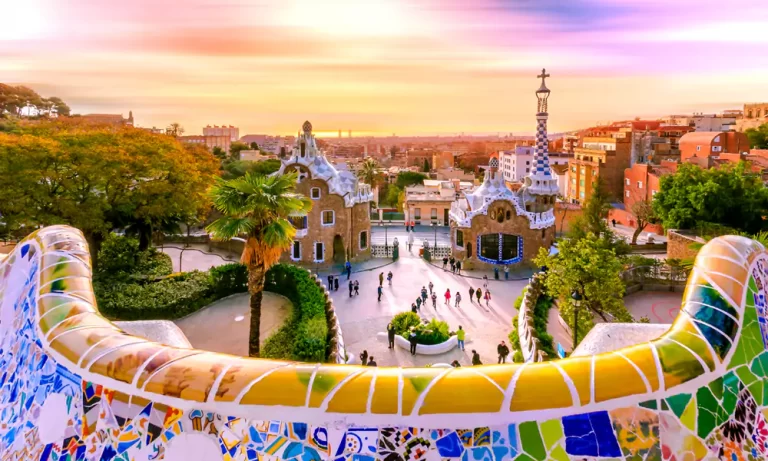
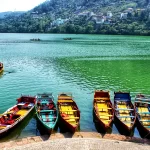



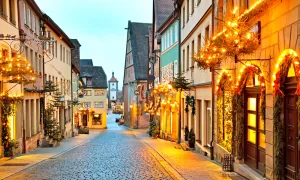

You must be logged in to post a comment.